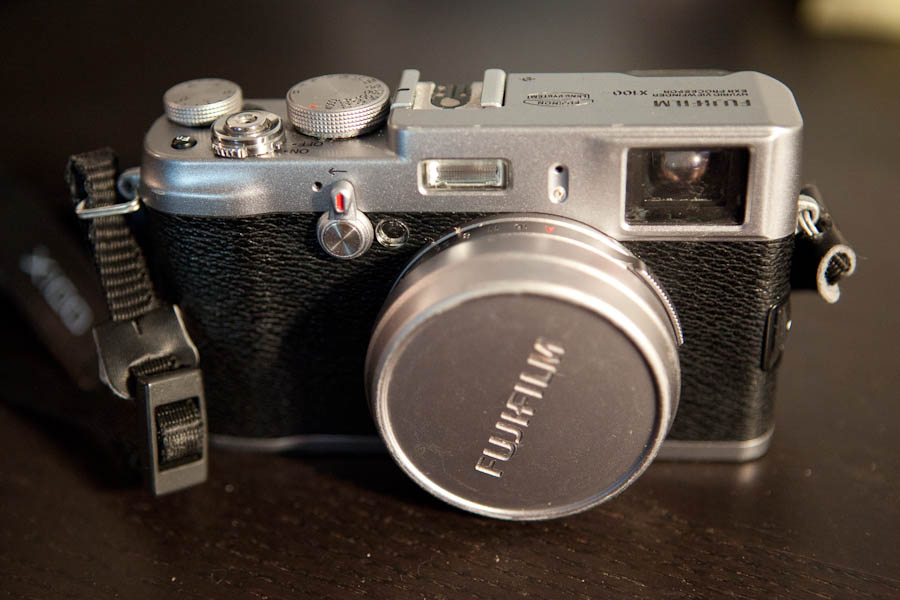Goodbye old young friend.
Let me give you all a piece of wisdom that I recently learned the hard way. If you go on a fishing trip called ‘Hit em’ Hard’ and the captain tells you that you should take your bag off and put it in the ‘dry container’, what he really means by ‘dry container’ is a place that will fill up with seawater after he accidently clogs the drainage pipe, soaking you and your friends cameras, bags, wallets and cellphones for over an hour in salty seawater.
Better yet, just never go on a fishing charter with a name like ‘Hit em’ Hard.’
Needless to say, the next step of taking the camera apart was obvious. If you own this camera you know how much it hurt to do. It is a beautiful piece of machinery that I loved dearly. For everyone that talks about the quirks of this camera, they are right, it does have quirks, but it also had insane image quality, all the way up to ISO 3200, it was extremely portable and it was silent. It is the perfect compliment for when you want a light, invisible camera. I loved this camera. I have portfolio pieces shot at ISO 3200, printed large, and they look stunning.
But if you think the X100 is beautiful on the outside, it is breathtaking on the inside.
I have never taken a digital camera apart, and I was never one of those kids who took apart things for fun (although I now know what I was missing), so this was an eye-opening experience. Everything was packed together intricately. No millimeter was left unused. The precision was incredible. You don’t create a camera of this image quality at this size by leaving space unused.
The camera is a giant puzzle of miniscule parts. There were hundreds of hidden, miniature screws, rods, tape and dabs of glue holding it together. It was difficult to take apart to the point where it turned into a game. I’d stare at the thing for 10 minutes until I found that one screw hidden behind something that held everything together. It would be absolutely impossible for me to put this thing back together.
So without further ado, the Fuji X100 taken apart in all of its glory.

Screws were hidden everywhere. In total I counted about 130 tiny screws and I probably missed a few.

You can see the salt damage that covered every inch of this camera.












Notice the salt crystals forming on the inside of the lens.




The lens and the viewfinder. My two favorite parts of this camera.



The lens taken apart.




The viewfinder taken apart.

Over 130 screws.

Taken apart (for the most part.) Click to view a larger version of the last photo.
130 screws. 50 pieces of tape. 152 parts (from just what I actually took apart.)
Next step – to create some sort of abstract camera-mutant sculpture out of the parts.


Ouch. But it was interesting to see the camera like this. I’m looking forward to seeing that sculpture.
that’s amazing James did you get it together again
cheers Ron
Sorry for the loss of your camera, but thanks for sharing this experience.
Would love to salvage the battery holder lid. A part of it on mine just broke off…
Hey James. Can I buy the bolt that holds the dioptercontrol wheel together if you still have the parts. Contact me at Flickr (norm_p). Many thanks
Thanks for sharing this type of intresting article
Hi. Thanks for sharing. Could you tell me is it posible to get to the aperture from front of the lens?
Thanks.
FUJI X100, rest in peace.
What a pity.
I owned the Fuji X100. Now I own the X100F.
The X100, after I had understood and accepted the way it works helped to improve my photography.
The X100F and the XF10, one or the other, or both, are always in my bag.